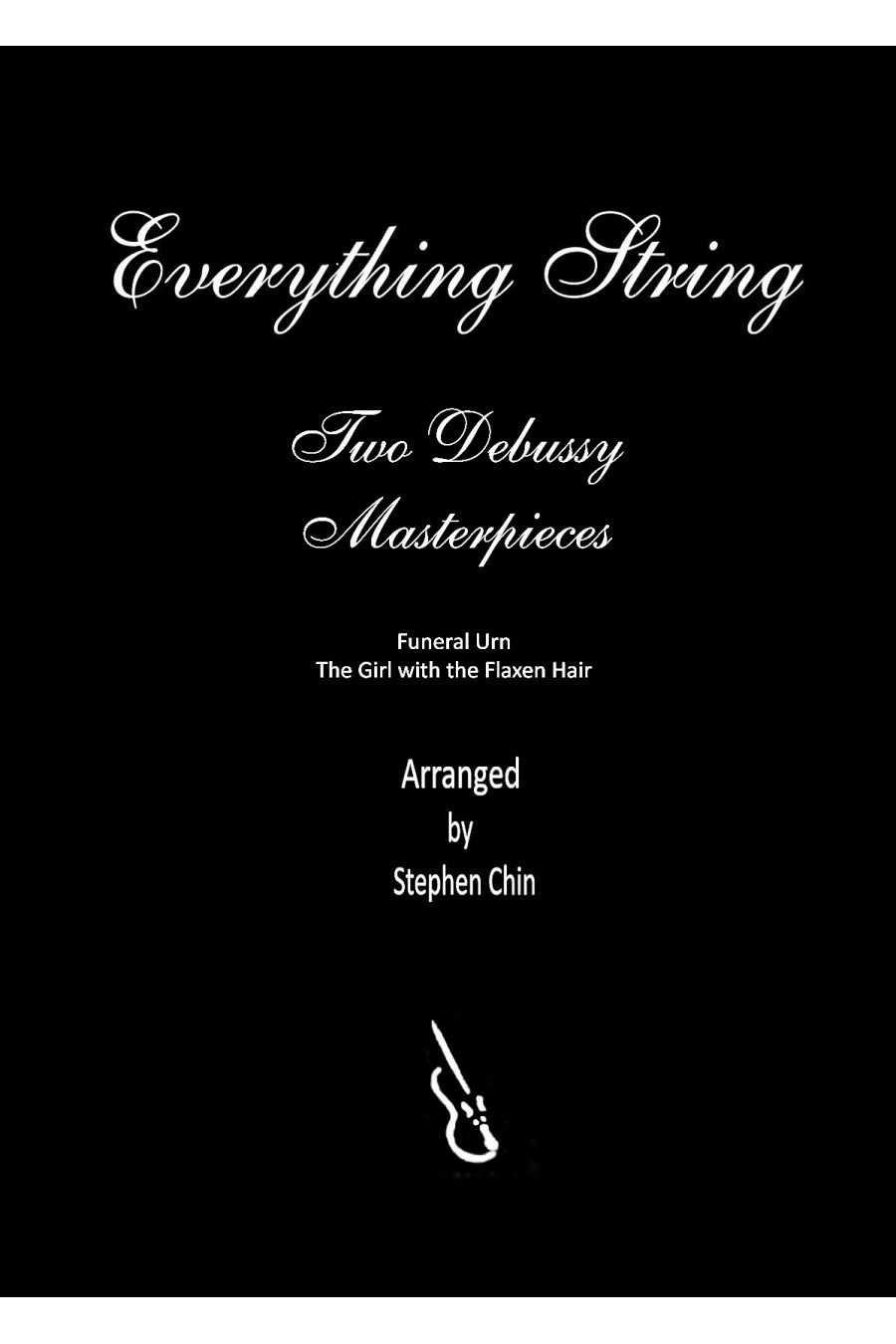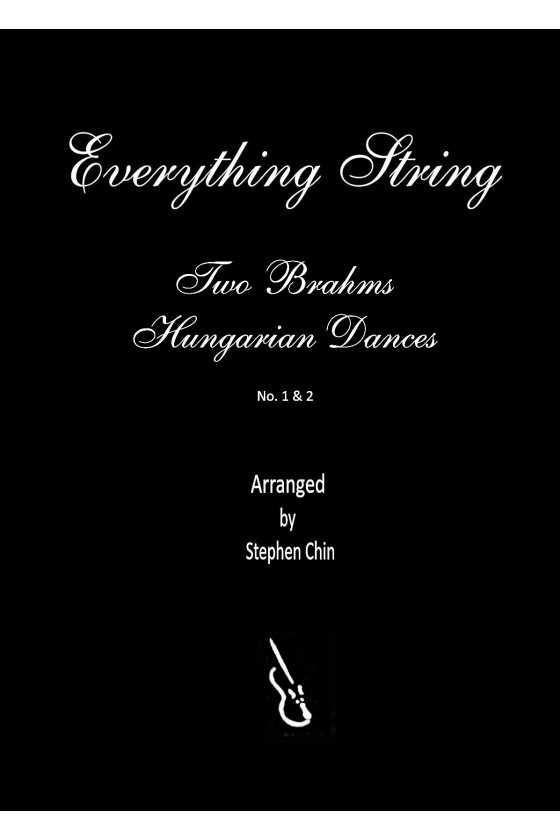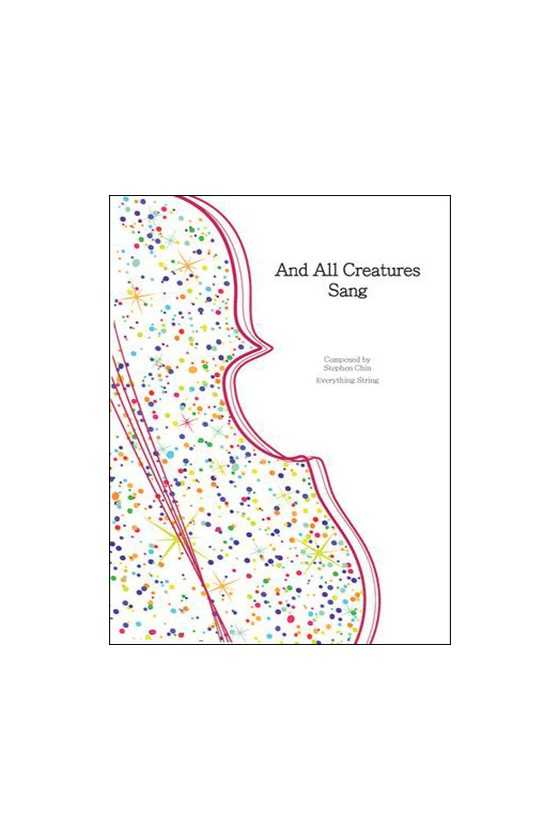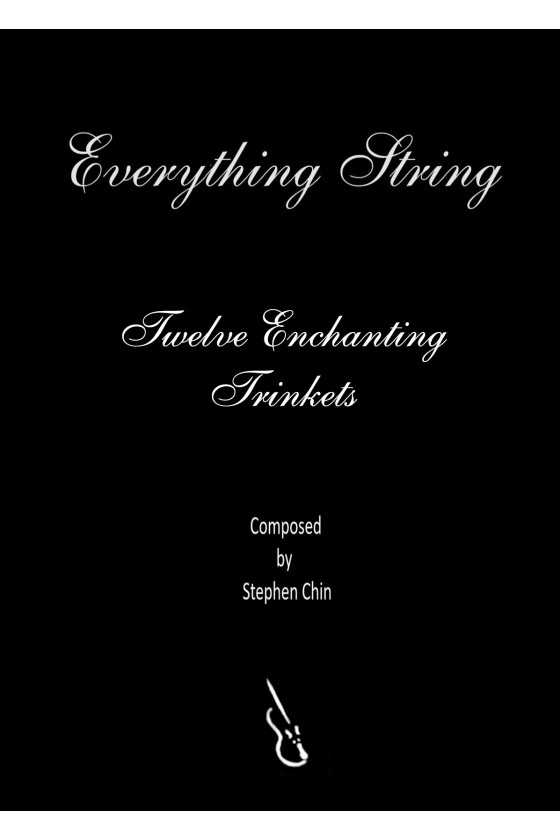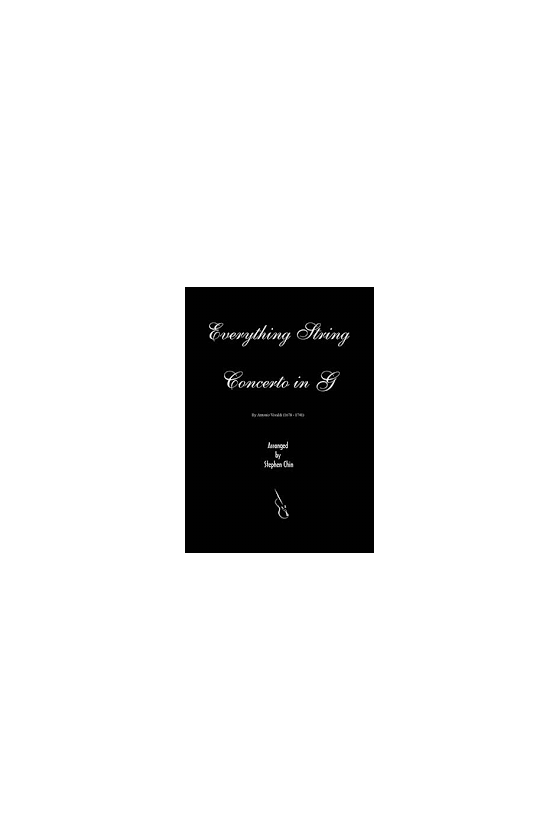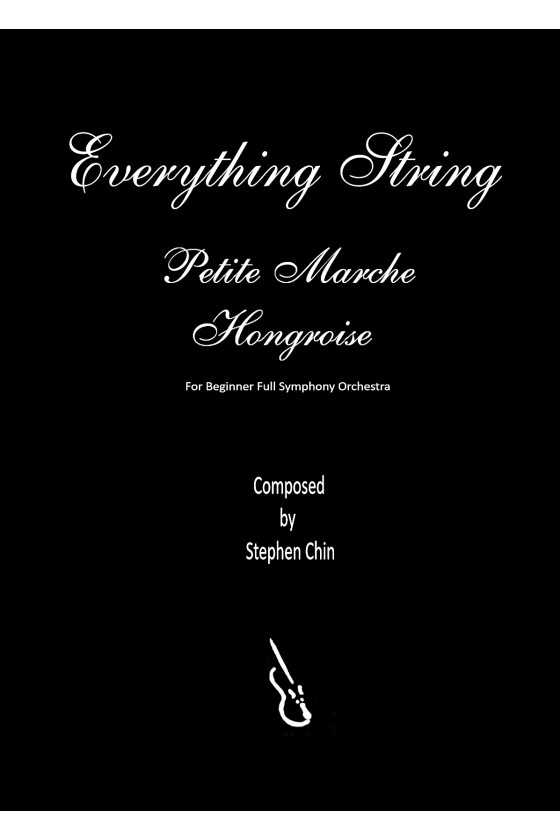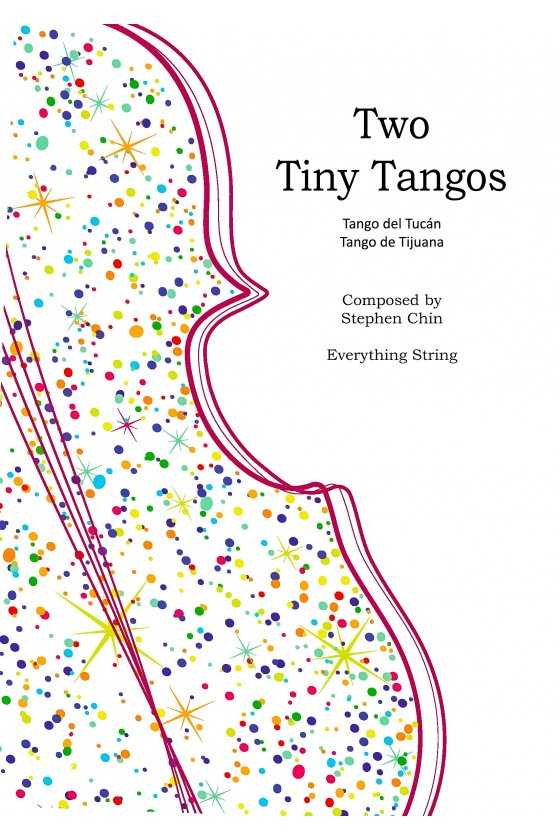Two Debussy Masterpieces By Stephen Chin
Debussy was a composer who often sought inspiration from the mystical and exotic. His works were characterized by a unique blend of different musical styles and influences. In "Funeral Urn," Debussy masterfully combined the solemnity of the Gregorian chant with the exoticism of Eastern music, creating a haunting and unforgettable piece. "The Girl with the Flaxen Hair" is a poignant composition that showcases Debussy's mastery of harmony and rhythm. The piece is known for its delicate and intricate melodies, which evoke a sense of nostalgia and longing. Students will appreciate the intricate harmonies and rhythmic challenges presented in these works, a testament to Debussy's genius as a composer.
1. Funeral Urn
2. The Girl with the Flaxen Hair
For String Orchestra Grade 4
